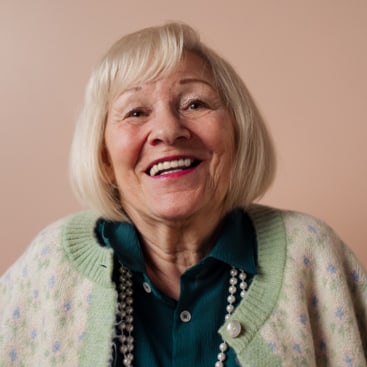“Being alone never felt right. Sometimes it felt good, but it never felt right.”
-Charles Bukowski
There are a lot of people who feel alone, but few can grasp being alone, isolated, without refuge. As we age, the chances of us living on our own only increase and no one wants to spend their golden years without a relative or spouse by their side.
As it is, it’s not uncommon for elders to attend funerals on a weekly basis for lost friends; others can no longer drive and stop seeing their friends regularly. Those in this particular circumstance are at risk of senior isolation which can wreak havoc on the mind and body.
The Consequences of Senior Isolation
1. Depression
Depression predisposes seniors to a slew of other illnesses and diseases. Depression causes stress on the body, weakening the immune system and making elders more susceptible to high blood pressure and heart disease.
2. Pessimistic Disposition
Seniors who lose confidence in their life and wellbeing become weaker. A positive mindset keeps the immune system strong, but a negative one actually causes your body to crumble – literally, your body stops fighting infections.
3. Increased Risk of Dementia
Elders are more likely to develop dementia if they’re not regularly interacting with people. A lack of new interactions (and the odds of having negative thoughts) makes seniors enmeshed in routine and weakens the memory, making them more likely to develop memory problems.
4. Increased Chance of Long-Term Care
Even if the senior in question is healthy, if they suffer isolation from friends and family, then they’re more likely to need long-term care. The reason for this is because isolated seniors are less motivated to remain healthy. They may stop exercises, stop taking their medications, and even stop answering the phone. It also puts them at a higher risk of engaging in more risky behavior – like abusing alcohol.
5. Caregivers can be Affected
More and more studies show that, one of the leading causes of caregiver stress is isolation. Being the caregiver for an isolated senior can isolate you as well. Especially family caregivers who drop what they’re doing for their elderly parent. The guilt of needing to take care of their senior can overcome them, leading them to disconnect with friends and continue putting their senior’s needs above their own.
If your parent is suffering senior isolation, then it’s important to invest in their lives. Regardless of whether it’s the loss of a spouse or geographic limitations, senior isolation is not something to be taken lightly. Visit with your senior and motivate them to get involved in communities or volunteering. Social interaction is necessary for our survival and engages the brain in more areas than when we are alone.
Isolation is one of the reasons seniors enter into nursing homes as they offer communal activities and socialization among peers. Although many seniors suffer depression when they’re forced to move due to medical or financial requirements, those who voluntarily move are generally happier.
















